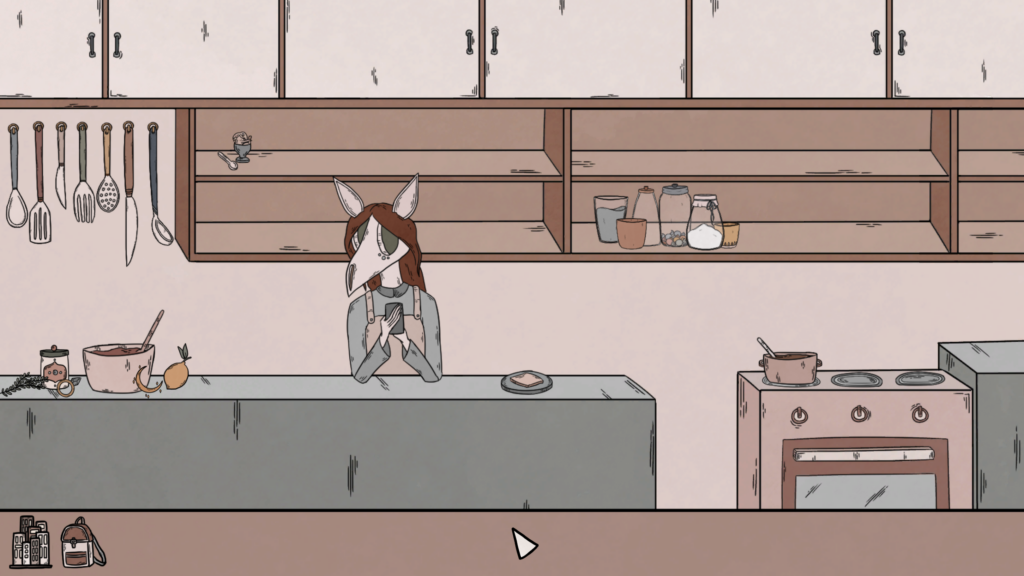
Birth is a lovely point-and-click puzzle game created by Madison Karrh. Facing loneliness in the city, the main character decides to collect bones and organs to craft a companion to provide comfort. The player is then presented with the task of finding the bones and organs required to construct this companion. Moving through different spaces — stranger’s rooms, a market, a library, etc. — the player completes puzzles to find, uncover, and unlock the pieces.
Each puzzle is wonderfully crafted with intuitive solutions. None of them are particularly difficult, but they have a nice variety of puzzle types and layers of tasks that makes the gameplay feel satisfying. The only room in which I faced pure confusion was the art studio, which I returned to several times, thinking I missed something — but it was really just a chance to sketch and free play with the art supplies.
The game design is combined with whimsical artwork, full of bones, plants, and insects, revealing a world of people going about their lives finding their own loneliness and connection. The scenes, with their muted color palate, feel both grounded in the mundane activities of people living in a city, while also providing space for a sense of surreal and fantastical. The game takes about two hours to complete, and it’s a delight.
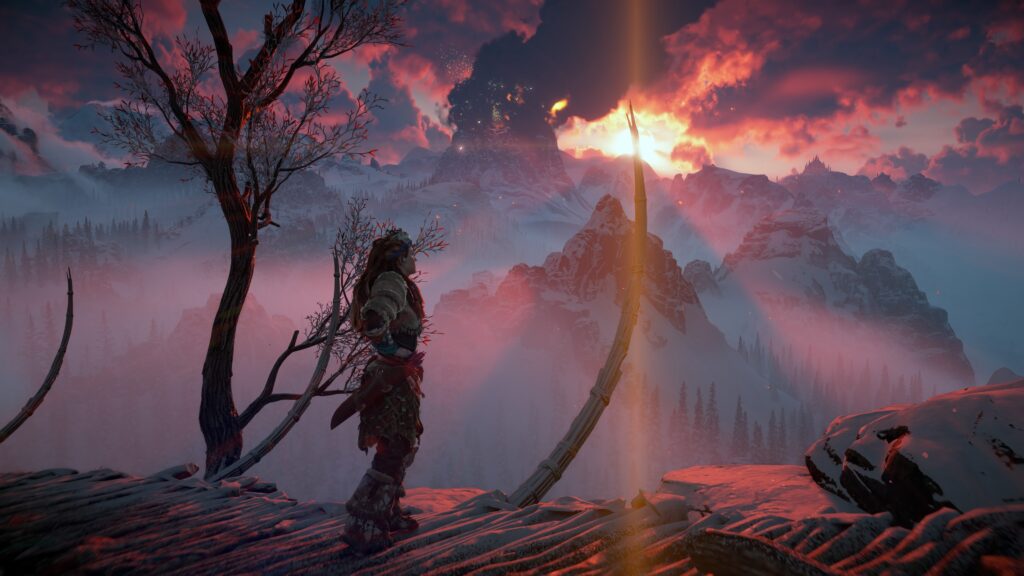
I completed Horizon: Zero Dawn (Guerrilla Games) and this really is my comfort game. Playing it again (for the third time around), I found myself paying attention to and being moved by different elements of the story. I’ve always loved Aloy as a character and how she handles being an outcast, seeking the truth about where she comes from, delving into the past, and ultimately working to save the world through her strength and compassion. However, what grasped me the most this time around was the recorded histories of the ancient world, all the people who stood and fought for a future they would never be able to experience themselves, working through impossible conditions, and and all while knowing that in the end, the world as they knew it will be long gone by the time their efforts bear fruit. There’s a deep sorrow in their struggles and in the ways they find the the strength to move forward, even though the end of their world is inevitable.
Also, this game is just so gorgeous. As I was playing, I would periodically stop and just look at the beauty of this world in all of its various biomes, from its moonlit lakes to its stunning sunsets. While I am playing the remastered version (which ups the graphic quality), the reality is that this game was always beautifully designed.
The gameplay and combat are also just so wonderfully satisfying. While there are a few quality of life mechanics in the sequel that I miss here (namely, the ability to pulse the focus and highlight surroundings without having to slow down, being able to climb almost anything, and being able to glide from high locations), their absence doesn’t ultimately take away from the experience — and in some cases, I prefer the gameplay in the first game (such as the scroll bar for items being smaller, making it easier to find what you need).
As I played I found my skills continually improved (based on my previous experience playing these games) and I was able to approach battles more strategically. I learned how to optimize my load out based on the enemy — not something I typically think deeply about as a known button masher. But I’m seeing how continued practice with a game I love is helping me to improve as a gamer. At some point in the future I plan to dive into New Game+ in Ultra Hard mode.
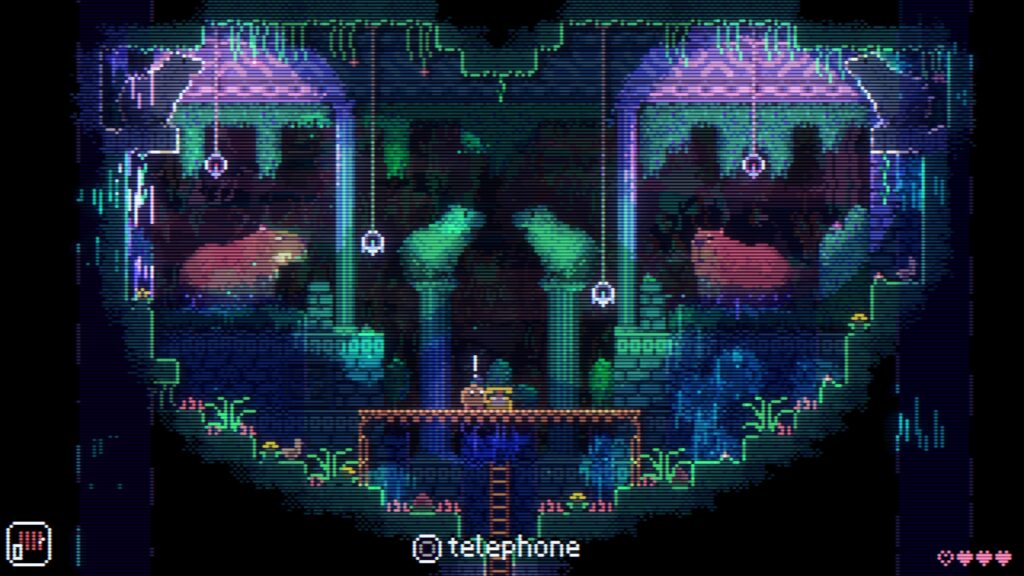
Animal Well (Shared Memory) has received high praise and with good reason. Taking the form of a little furry creature, the player awakens in a hauntingly beautiful underground world. The game provides no instructions; the player just has to explore the levels, which provide increasingly difficult challenges and enemies, along with puzzles. Figuring out how to progress involves a lot of bopping around and figuring things as you go, and then backtracking to areas you’ve already been based on new information.
The game uses environmental storytelling — presented in stunning jewel-toned pixel art— to evoke the feeling of a story, with this strange world full of animals. Some areas hint at temples in honor of some great animal god of spirit, and I’m fascinated to discover more about this eerie place.
Unfortunately, it remains to be seen as to whether I will actually be able to finish Animal Well. I have never been particularly good at platformers, and I’m definitely finding some of the sections of this game incredibly challenging. But I’m not willing to give up yet, and I’m hoping that I will be able to figure out how to work my way through it.
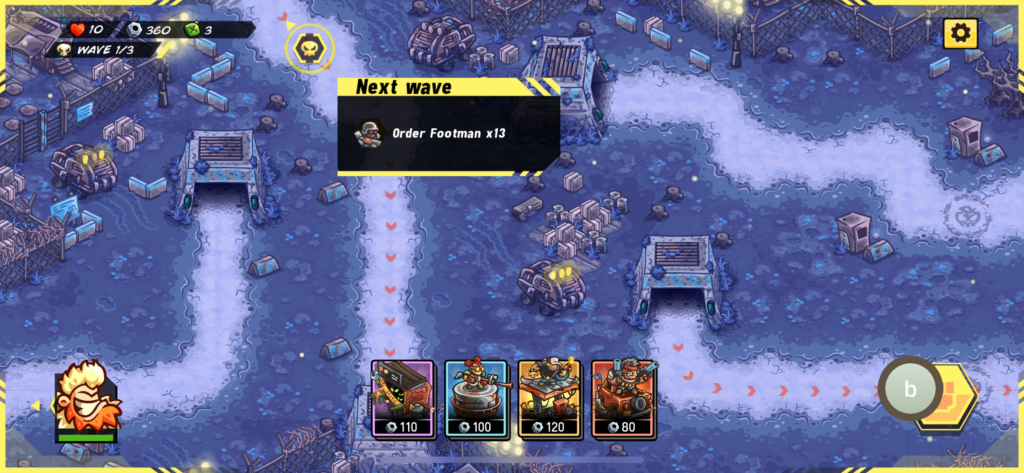
I always like the idea of tower defense games, so when I went looking for a new game to idly play on my phone, I decided to give Junkworld (Ironhide Games). Like most tower defense games, Junkworld allows the player to set up a limited amount of towers in anticipation of waves of enemies. The player is able to develop their own strategies by selecting from a deck of optional towers and tactics. The game features a comic book style with scrappy heroes facing facing off against cartoony villains. It’s a good time.
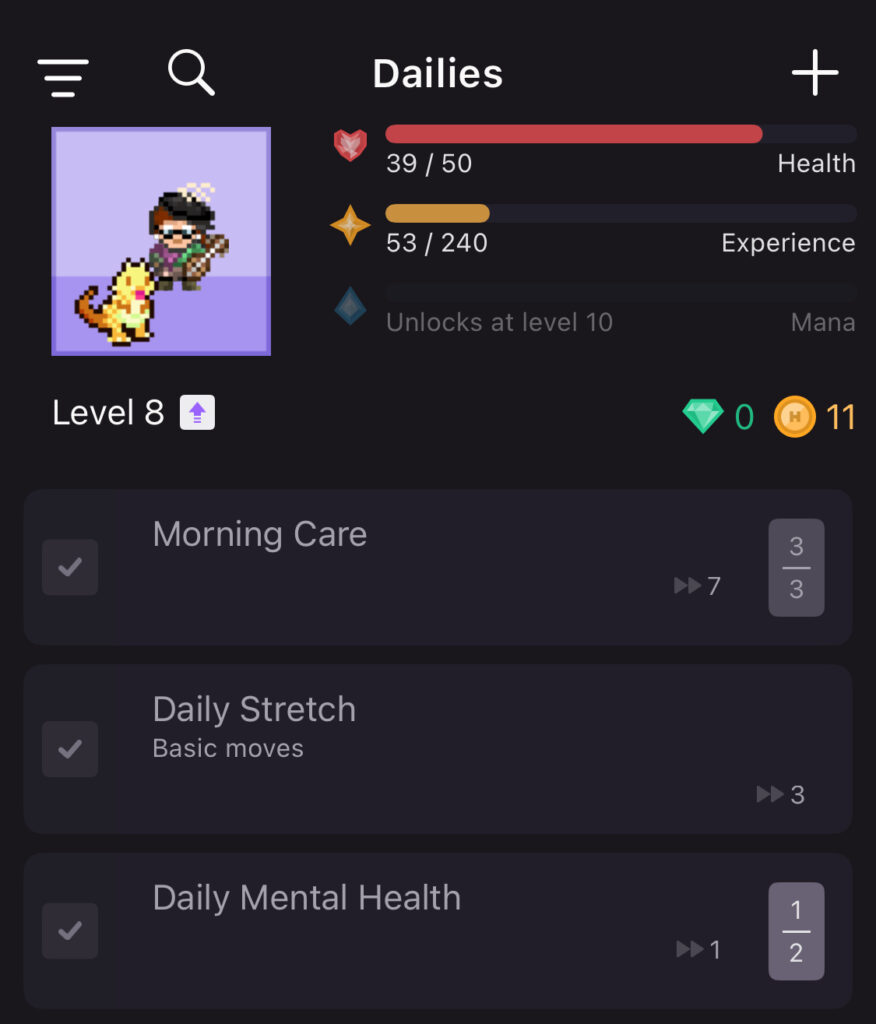
I shared in a previous post about exploring Habitica (HabitRPG, Inc.), a habit tracker and RPG, to help me develop some better habits in my daily life. In this regards, I’ve been enjoying it and have been seeing some benefits due to the color coding.
What I hadn’t engaged with until recently were the RPG elements of Habitica. At level ten, the player is able to select a class — warrior, mage, healer, or rogue — providing specific attributes to support the player. These mostly have to do with the rewards or punishments involved in completing or not completing tasks. For example, the warrior class allows for a good amount of defense (avoiding damage from not completing tasks) and offense (doing damage against bosses, while the mage class provides more experience points rewarded for completing tasks, allowing the player to level up more quickly.
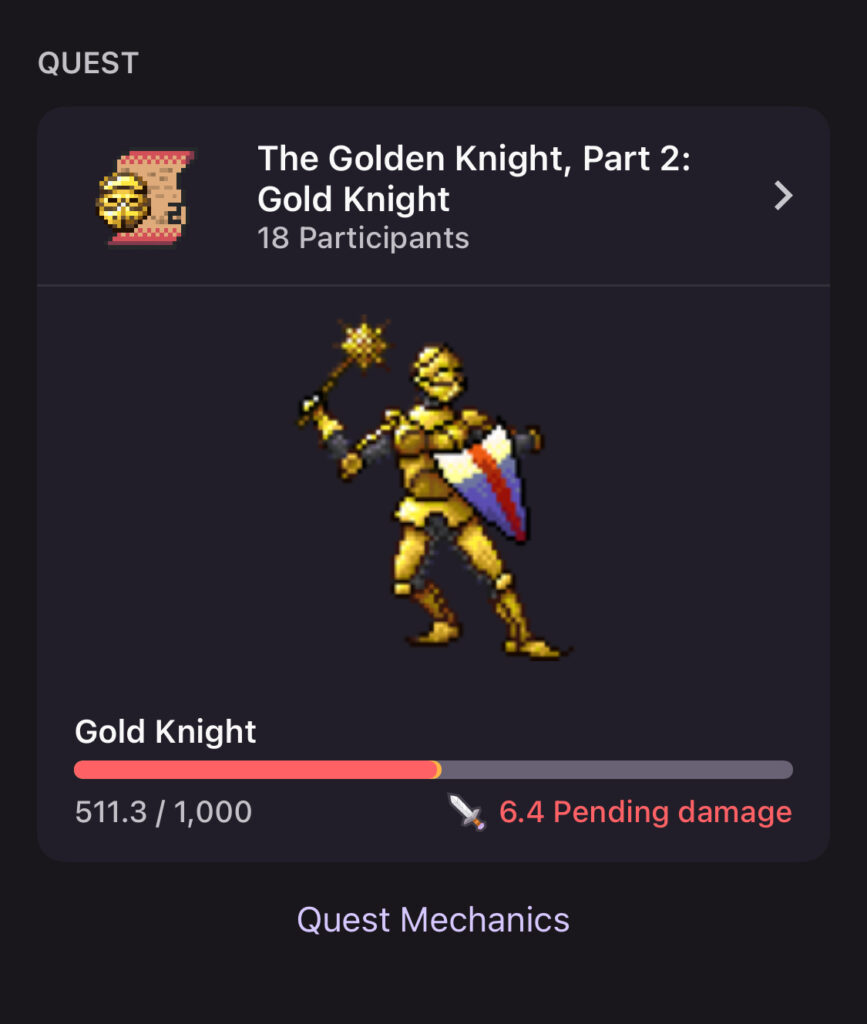
In regards to quests and fighting bosses, there is no solo play. The player is required to join a party in order to participate. On behalf of the party, each player makes an attack against the boss and receives a hit in return based on the number to task not completed for that day. The damage accrued across all of the party members — which resulted in my character dying twice (due to the combined effect of the party damage and my own damage from not completing tasks). Dying knocks the player down a level and causes them to loose all their coins.
I almost considered turning off damage (an option for those having difficulties completing their tasks), but stuck with it — and the rewards were quite substantial making up for the previous losses. While this doesn’t necessarily provide a “fun” element for me personally, it does provide incentive to complete my tasks, since I don’t want my inactivity to impact other players. So, for the intended purpose of helping to form habits, it’s useful.
One of the downsides of requiring a party is that the narrative kind of gets jumbled. Each boss comes with a short story snippet, but because other party members suggest the quests and some are much more further along than others, it’s possible to have segments skilled (for example, The Gold Knight, Pt. 2 was my first boss fight). But since narrative is not my focus for this experience, I’m not too worried about it.
If you’d also like to know about the books and movies that I enjoyed recently, you can check out my Culture Consumption for March.